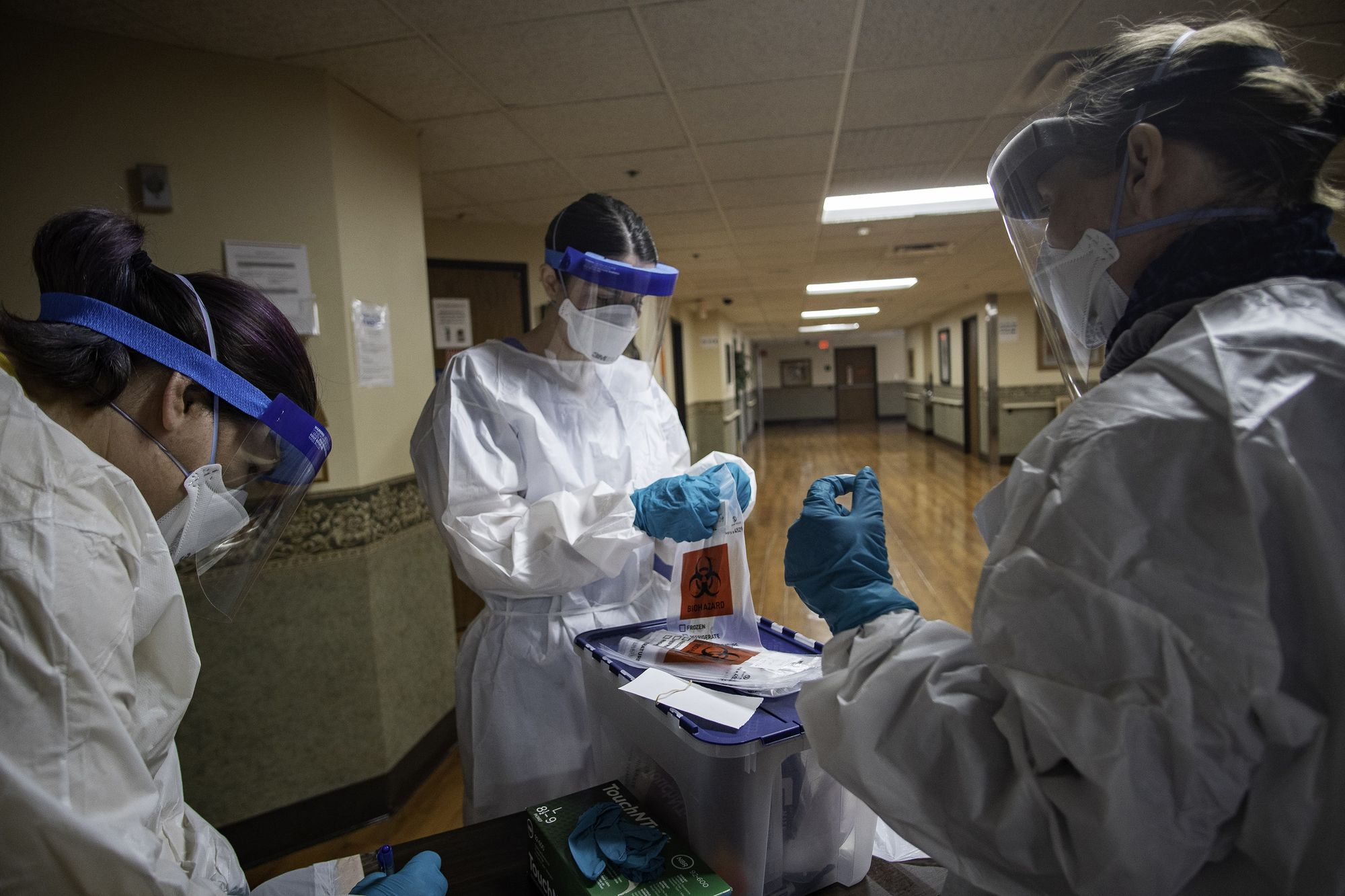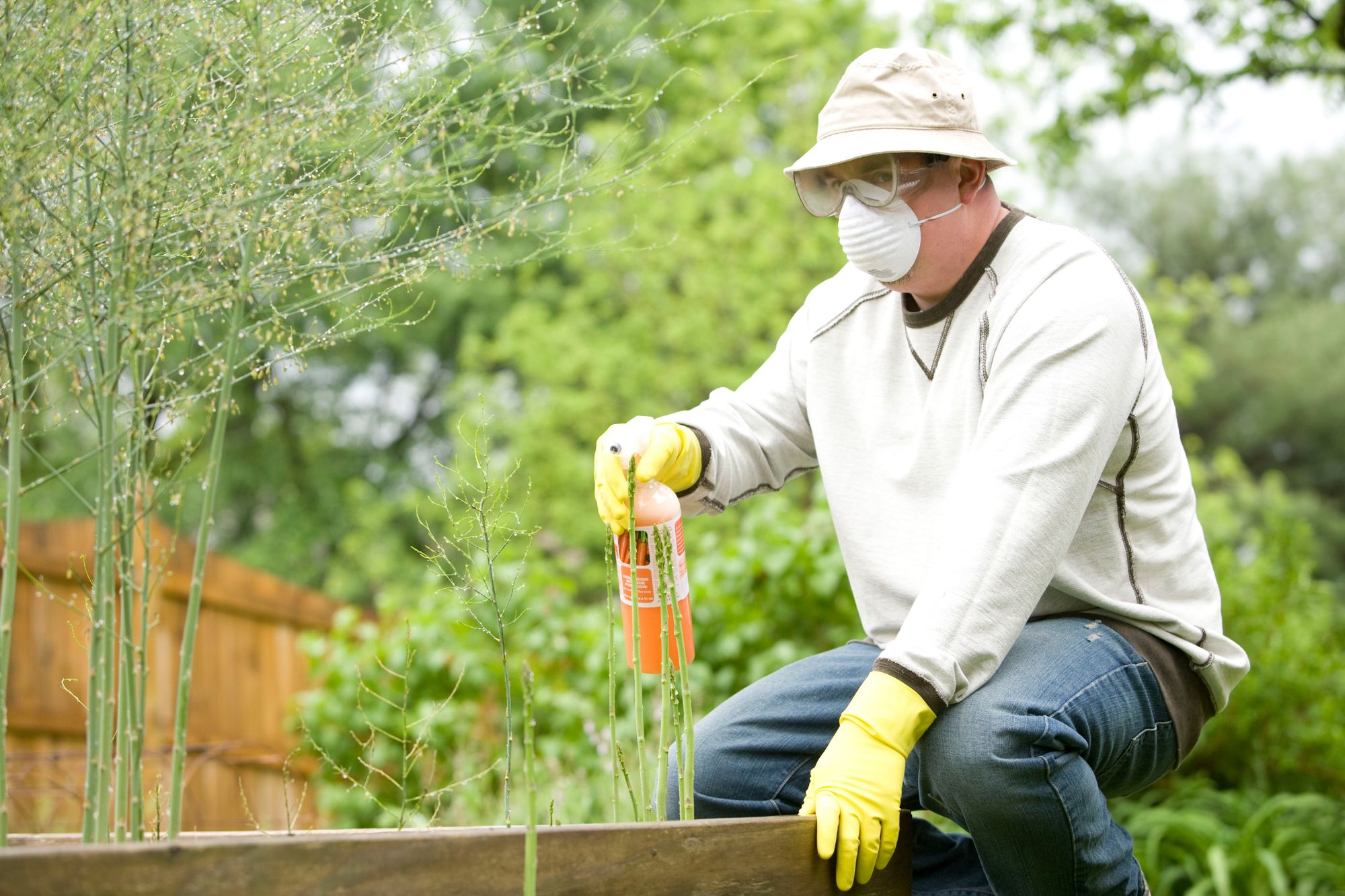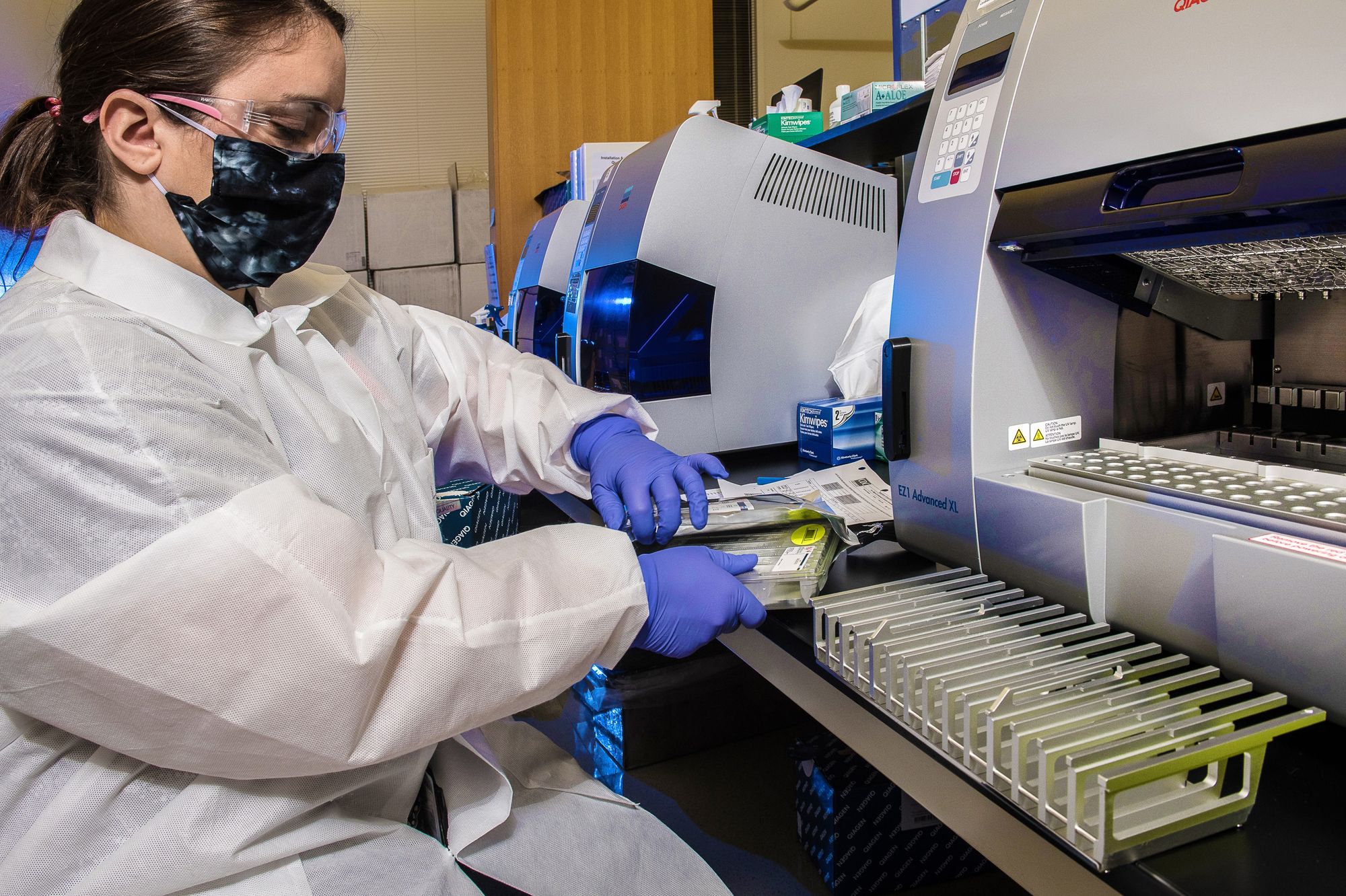Integrated pest management (IPM) is a sustainable approach to pest control that uses a combination of techniques to ensure the most effective, economical, and safe pest control possible.
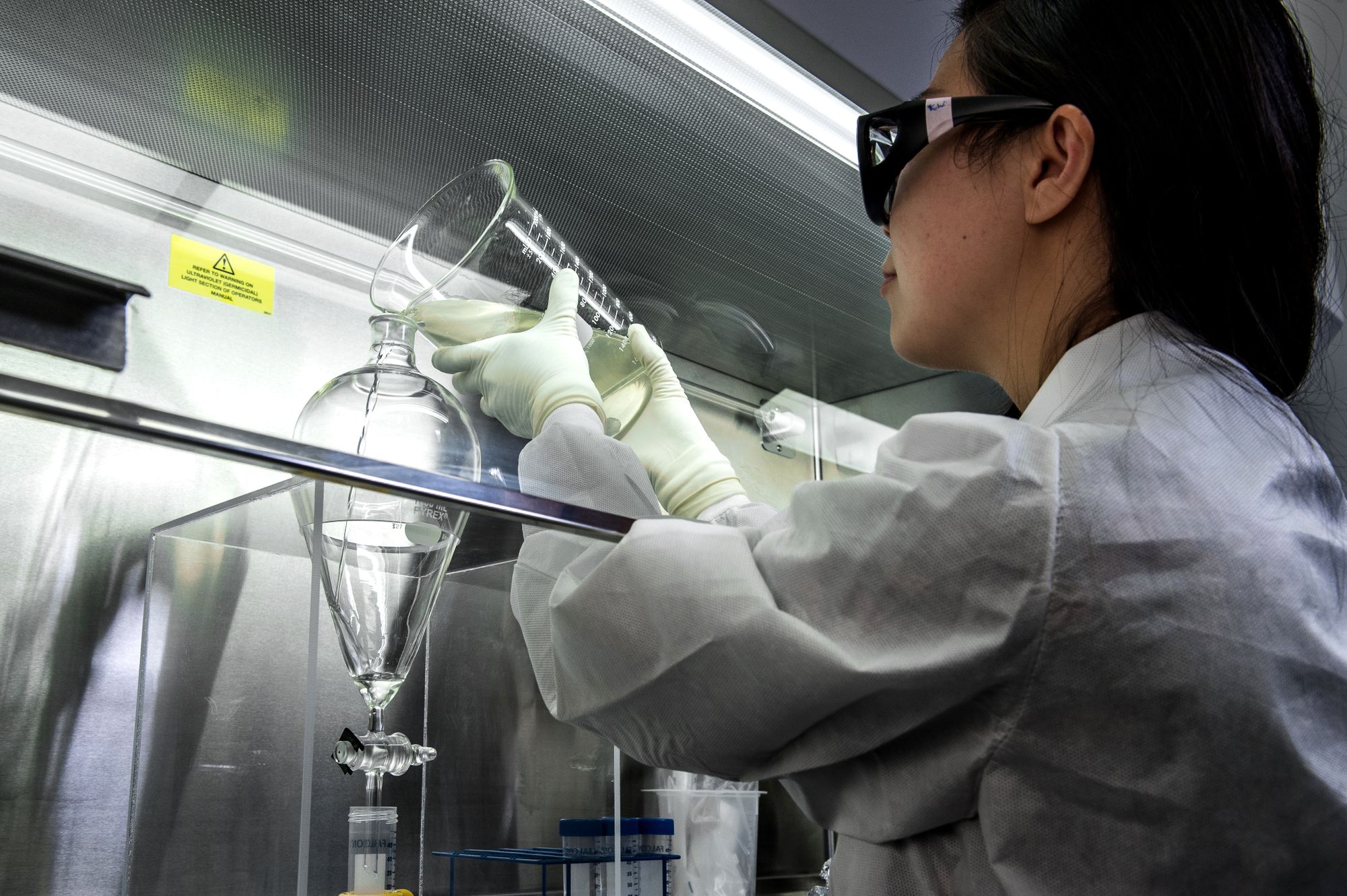
IPM promotes the use of natural pest control methods and encourages prevention of pest problems through practices such as crop rotation, proper irrigation, better sanitation, and crop selection. It also emphasizes monitoring of pest populations and methods of controlling pests that have the least possible impact on the environment.
This article covers the following:
- What is Integrated Pest Management?
- Benefits of Integrated Pest Management
- Challenges of Integrated Pest Management
- How Integrated Pest Management Affects Pest Control Manufacturing
- Strategies for Implementing Integrated Pest Management
- Long-Term Impact of Integrated Pest Management
- Measuring the Success of Integrated Pest Management
- Best Practices for Integrated Pest Management
- Economic Benefits of Integrated Pest Management
- Environmental Benefits of Integrated Pest Management
- How can Deskera assist you?
What is Integrated Pest Management?
Integrated Pest Management (IPM) is an effective and environmentally sensitive approach to pest management that relies on a combination of common-sense practices.
IPM programs use current, comprehensive information on the life cycles of pests and their interaction with the environment. This information, in combination with available pest control methods, is used to manage pest damage by the most economical means and with the least possible hazard to people, property, and the environment.
IPM is based on four key principles. First, it relies on a thorough inspection of the site to identify the pest and its habitat. This allows pest management professionals to develop an action plan that targets specific pests and eliminates the need for broad-spectrum control methods.
Second, IPM emphasizes the use of natural pest control measures such as the introduction of beneficial insects, the use of physical barriers, and the use of biological controls. These approaches allow pest management professionals to reduce the need for chemical applications.
Third, IPM programs use the most current and effective pest management technologies available. This includes the use of pesticides, when necessary, and the use of pest-resistant plants and materials.
Finally, IPM programs are based on ongoing monitoring and record-keeping. This helps the pest management professional to evaluate the effectiveness of the program and to make necessary adjustments.
The use of IPM has a wide range of benefits. These include reduced pest damage, improved environmental quality, improved worker health, reduced pesticide use, reduced pesticide resistance, and decreased costs. IPM has been widely adopted by pest control manufacturers and is becoming the standard for pest management.
Benefits of Integrated Pest Management
Integrated Pest Management (IPM) is a pest control strategy that focuses on the prevention of pest infestations rather than simply treating existing ones. It is a holistic approach to pest control that takes into account the environment and the impact that chemical treatments can have on it.
By utilizing a combination of techniques, IPM can help reduce the number of chemicals used in pest control, as well as help reduce the risk of pest-related diseases and other potential health hazards.
The main benefits of IPM are that it is more effective and more eco-friendly than traditional chemical pest control methods. IPM employs a variety of tactics to control pest populations, such as monitoring and preventing entry points, using mechanical traps, and using natural predators.
By using these tactics, the number of chemical pesticides used can be minimized, which reduces the risk of environmental contamination and potential health hazards. In addition, IPM can reduce the amount of money spent on pest control, as it is more cost effective than traditional chemical pest control methods.
IPM is also beneficial for pest control manufacturing companies. By adopting an IPM approach, these companies can reduce their reliance on chemicals and focus more on using natural methods to control pests.
This can lead to reduced costs, as well as improved public relations since IPM is seen as the more environmentally friendly way of controlling pests. Furthermore, companies can use IPM to create an effective pest management program that is tailored to their specific needs, which can result in better results and improved customer satisfaction.
Overall, Integrated Pest Management has many benefits for pest control manufacturing companies. By using this strategy, companies can reduce their reliance on chemicals, save money, and ensure better results and customer satisfaction.
By adopting an IPM approach, companies can also demonstrate their commitment to the environment, which can help improve their public relations. With its many benefits, Integrated Pest Management is an effective and eco-friendly way to control pests.
Challenges of Integrated Pest Management
Integrated Pest Management (IPM) is an increasingly popular approach to pest control that seeks to reduce chemical usage and maximize sustainability. IPM focuses on preventative methods and cultural practices that reduce pest pressure and damage, such as sanitation, habitat modification, and monitoring.
It also uses chemical controls as a last resort when other methods have failed or are not practical. IPM has many benefits, such as decreasing environmental contamination and increasing pest control efficiency, but it also poses some unique challenges.
To be successful, IPM requires a comprehensive understanding of the pest in question, the environment, and how the pest interacts with its surroundings. This requires significant knowledge and expertise, as well as significant resources.
In addition, IPM requires patience and a long-term commitment. Many of the practices associated with IPM take time to become effective and to show results. This can be difficult for pest control manufacturers, who often need to provide quick solutions to their customers.
Finally, IPM can be difficult to scale up. While the individual components of IPM are relatively simple, implementing them across a large area can be difficult. This is especially true for manufacturers who need to provide IPM solutions to a wide range of customers.
In spite of these challenges, IPM is becoming an increasingly popular approach to pest control. By investing in training and resources, pest control manufacturers can take advantage of the benefits of IPM while overcoming the challenges it presents.
How Integrated Pest Management Affects Pest Control Manufacturing?
Integrated Pest Management (IPM) is a comprehensive approach to pest control that combines the use of traditional and new methods to minimize pest populations and the damage they cause while also reducing the risks associated with traditional pest control methods.
IPM helps to minimize the impacts of pests on people, animals, and the environment. This includes reducing the use of harmful chemicals and other hazardous materials, as well as promoting more natural and sustainable pest management practices.
IPM has had a significant impact on pest control manufacturing, and this impact has been beneficial to both the industry and the environment. Manufacturers have developed products that are more effective at controlling pests while being safer for humans and the environment.
For example, some IPM products contain natural ingredients such as essential oils and botanical extracts rather than synthetic chemicals and other hazardous materials.
These products are often more cost-effective and require fewer applications to achieve the desired results, resulting in less waste and fewer hazardous materials in the environment.
In addition, IPM has led to the development of new technologies and methods for controlling pests. For example, manufacturers are now using pheromones to disrupt the mating of certain pests, as well as using traps and baits to capture and remove them from the environment.
These methods are often less disruptive to the environment than traditional methods and can be used in a more targeted manner to reduce the impact of pests on people, animals, and the environment.
Finally, IPM has encouraged manufacturers to develop more sustainable pest management practices. Many companies are now focusing on reducing their reliance on hazardous chemicals and synthetic materials and are instead utilizing more natural and sustainable means of pest control.
This includes the use of biological and mechanical control methods, such as natural predators and traps, as well as the use of organic and biodegradable materials in their products.
In sum, Integrated Pest Management has had a significant impact on pest control manufacturing. Through the development of more effective and safer products, as well as the promotion of more sustainable pest management practices, IPM has helped to reduce the environmental impact of traditional pest control methods while also protecting people and animals from the risks associated with them.
Strategies for Implementing Integrated Pest Management
Integrated pest management (IPM) is a comprehensive approach to pest control that utilizes a variety of methods to reduce or eliminate pest populations and the damage they cause.
IPM involves the use of cultural, biological, and chemical controls to reduce the populations of pests in an environmentally responsible way. IPM is a practical, cost-effective way to manage pests, and it can be a powerful tool for pest control manufacturers.
In order to properly implement IPM, pest control manufacturers must understand the components of IPM and how to utilize them in their operations. The first step is to establish a monitoring program that is designed to detect the presence of pests and monitor the effectiveness of IPM strategies.
This monitoring program should include regular inspections of both the indoor and outdoor areas of the facility, and it should include trapping and sampling of potential pests.
Once the monitoring program is in place, pest control manufacturers can then implement the various strategies of IPM. These strategies include cultural, biological, and chemical control methods.
With cultural controls, pest control manufacturers can take steps to reduce the attractiveness of their facility to pests, such as by removing food sources, blocking entry points, and sealing cracks and crevices.
Biological controls involve the use of natural predators and parasites to reduce pest populations, while chemical controls involve the use of pesticides to kill pests. Pest control manufacturers must also make sure their employees are properly trained in the use of IPM strategies.
Employees should be educated on the proper use of cultural, biological, and chemical controls, and they should be taught the importance of monitoring and following the directions on the label of any pesticides they use.
Finally, pest control manufacturers should develop an IPM plan that outlines the strategies they will use to reduce pest populations. This plan should include the monitoring program, the cultural, biological, and chemical controls that will be used, and the safety protocols that will be followed when using pesticides.
This plan should be regularly reviewed and updated to ensure that it is effective in controlling pests. By implementing IPM strategies, pest control manufacturers can reduce the populations of pests in their facility and reduce the damage they cause. IPM is a practical, cost-effective way to manage pests, and it can be a powerful tool for pest control manufacturers.
Long-Term Impact of Integrated Pest Management
Integrated pest management (IPM) is a holistic approach to pest control that focuses on preventative strategies to reduce the need for chemical treatments. IPM is an effective way to control pests while also protecting the environment, reducing costs, and preserving natural resources.
It is becoming increasingly popular among pest control manufacturers as they seek to meet the needs of growing consumer demand for safer, more sustainable pest control solutions.
One of the main benefits of IPM is its long-term impact on pest control. By utilizing preventative strategies such as habitat manipulation, exclusion, and biological control, IPM can reduce the need for chemical treatments, resulting in more effective, longer-term control of pests.
When properly implemented, IPM can reduce the risk of chemical resistance, thereby making chemical treatments more effective in the long run. Additionally, by reducing chemical treatments, IPM can help to protect the environment from potential contamination and reduce risks to human health.
IPM is also beneficial for pest control manufacturers. By utilizing an IPM approach, manufacturers can reduce the costs associated with chemical treatments while providing a more sustainable pest control solution.
IPM can also result in improved customer satisfaction as it is seen as an environmentally friendly approach to pest control. In addition, IPM can also result in increased revenues for pest control manufacturers as it often requires more labor and equipment than traditional chemical treatments.
Overall, the long-term impacts of integrated pest management on pest control manufacturing are highly beneficial. IPM helps to reduce the need for chemical treatments, protect the environment, reduce costs, and improve customer satisfaction.
Additionally, IPM can result in increased revenues for pest control manufacturers and improved effectiveness of chemical treatments due to reduced resistance. With its many advantages, it’s easy to see why IPM is becoming increasingly popular in the pest control industry.
Measuring the Success of Integrated Pest Management
Measuring the success of an IPM program is essential for determining the effectiveness of the program and identifying areas where improvements can be made. There are several metrics that can be used to measure the success of IPM programs.
These metrics can be divided into two categories: short-term success metrics and long-term success metrics. Short-term success metrics measure the immediate impact of an IPM program on pest populations and damage.
These metrics include the number of pests observed, the number of pests controlled, the number of pests killed, and the amount of damage caused by pests. These metrics provide a quick assessment of the effectiveness of an IPM program and can help identify areas where the program needs to be improved.
Long-term success metrics measure the effectiveness of an IPM program over a longer period of time. These metrics include the number of pest-related complaints received, the number of pest-related lawsuits, the number of pesticide applications, and the amount of pesticide used.
These metrics provide a longer-term assessment of the effectiveness of an IPM program and can help identify areas where the program has been successful and areas where improvements can be made.
Best Practices for Implementing an Effective IPM
Best practices for implementing an effective IPM program include:
Monitor and Identify Pests
The first step in IPM is to monitor and identify pests. Regularly inspect the premises to identify any areas where pests might be present. Check around windows, doors, and other entry points, as well as possible hiding spots such as closets and basements.
Implement Non-Chemical Controls
Once pests have been identified, the next step is to implement non-chemical controls to prevent them from entering the premises. This can include sealing cracks and crevices, removing potential food sources, and installing door sweeps and window screens.
Use Chemical Controls Judiciously
If non-chemical controls are not effective, then chemical treatments can be used to target specific pests. It is important to use the least toxic product possible and follow all safety precautions when applying chemical treatments.
Monitor Results
After implementing the IPM program, it is important to monitor the results to make sure the program is effective. Keep a record of the pest activity and the type of treatment used to ensure that any changes or problems are quickly identified and addressed.
By following these best practices, it is possible to create an effective Integrated Pest Management program that will help protect homes and businesses from the damage caused by pests. This approach is not only effective but also helps reduce the number of harmful chemicals used in pest control and leads to a healthier environment.
Economic Benefits of Integrated Pest Management
Integrated Pest Management (IPM) is a pest management system that uses a combination of techniques and strategies to control pests in an environmentally friendly, cost-effective, and sustainable manner. IPM focuses on the prevention, monitoring, and management of pest populations before they become a threat to human health and the environment.
As such, it is becoming increasingly popular among businesses, homeowners, and agricultural producers. IPM has numerous economic benefits. By reducing the use of chemical pesticides, IPM reduces the cost of pest control and improves the quality of the environment.
By monitoring pest populations and implementing pest control measures before they become an issue, IPM reduces the need for costly and potentially hazardous treatment. These cost savings can be significant and can help businesses, farmers, and homeowners reduce their overall expenses.
IPM also reduces the risk of crop damage and loss. By controlling pests before they become a problem, IPM reduces the amount of time and money spent on chemical treatments and labor to control pests.
This reduction in crop damage and loss can have a significant impact on overall profitability. IPM also helps businesses, farmers, and homeowners become more efficient in their pest control practices.
By focusing on preventing, monitoring, and managing pest populations, IPM reduces the time and money spent on chemical treatments and labor to control pests. These cost savings can be significant and can help businesses, farmers, and homeowners reduce their overall expenses.
IPM also reduces the risk of health problems related to chemical treatment. By reducing the use of chemical pesticides, IPM reduces the risk of exposure to potentially hazardous chemicals.
This is important for businesses, farmers, and homeowners who may be exposed to the chemicals and may experience adverse health effects. Finally, IPM reduces the risk of environmental contamination.
By reducing the use of chemical pesticides, IPM reduces the risk of contamination of water, soil, and air. This helps to protect the environment and can reduce the cost of the cleanup if contamination does occur.
IPM is becoming increasingly popular in the business, agricultural and residential markets due to its economic, environmental, and health benefits. By reducing the use of chemical pesticides, IPM helps to reduce the cost of pest control, improve the quality of the environment, and reduce the risk of health problems related to chemical treatment.
In addition, IPM can help businesses, farmers, and homeowners become more efficient in their pest control practices, leading to additional cost savings. These benefits make IPM an attractive and cost-effective option for pest management.
Environmental Benefits of Integrated Pest Management
Integrated pest management (IPM) is an environmentally friendly approach to pest control that is becoming increasingly popular among homeowners and businesses alike. IPM combines physical, biological, cultural, and chemical control methods to reduce the number of pesticides used and to minimize the risk of pests becoming resistant to treatment.
IPM offers numerous environmental benefits, including reduced pesticide use, fewer pest outbreaks, and improved soil health. First, IPM reduces the number of pesticides used to control pests. By using a combination of pest control methods, IPM can eliminate the need for large quantities of pesticides.
This helps to reduce the amount of chemical residue that is left behind in the environment, and it also decreases the risk of chemical runoff into water sources. Additionally, IPM helps to reduce the potential for pest resistance, which can occur when a single type of pesticide is used repeatedly over time.
Second, IPM helps to reduce the risk of pest outbreaks. By using a combination of methods such as preventing pest access, sanitation, and trapping, IPM helps to prevent pest infestations before they become a problem.
This reduces the need for large-scale use of pesticides, which can have an adverse effect on the environment. Third, IPM helps to improve soil health. By using natural and physical methods such as mulching, composting, and crop rotation, IPM helps to increase the fertility of the soil and promote healthy plant growth.
This helps to reduce the need for chemical fertilizers, which can be damaging to the environment. Overall, Integrated Pest Management offers numerous environmental benefits.
By reducing the number of pesticides used and improving soil health, IPM helps to protect the environment and promote a healthy ecosystem. With its combination of physical, biological, cultural, and chemical methods, IPM is an effective and environmentally friendly approach to pest control.
How Can Deskera Assist You?
As a manufacturer, you must keep track of your inventory stock. The condition of your inventory has a direct impact on production planning. It also has a direct impact on people and machinery use and capacity utilization.
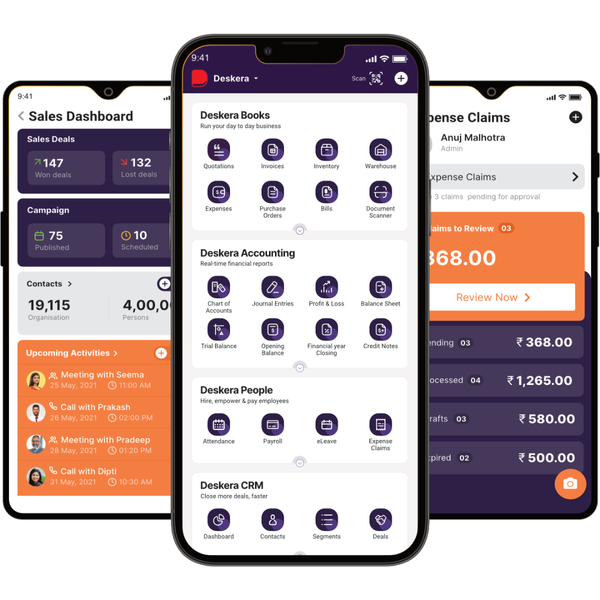
Deskera MRP is the one tool that lets you do all of the above. With Deskera, you can:
- Control production schedules
- Compile a Bill of Materials
- Produce thorough reports
- Make your dashboard
Deskera ERP is a complete solution that allows you to manage suppliers and track supply chain activity in real time. It also allows you to streamline a range of other company functions.
Deskera Books allows you to manage your accounts and finances better. It helps maintain good accounting standards by automating billing, invoicing, and payment processing tasks.
Deskera CRM is a powerful tool that organizes your sales and helps you close deals rapidly. It enables you to perform crucial tasks like lead generation via email and gives you a comprehensive view of your sales funnel.
Deskera People is a straightforward application for centralizing your human resource management activities. Not only does the technology expedite payroll processing, but it also helps you to handle all other operations such as overtime, benefits, bonuses, training programs, and much more.
Key Takeaways:
- Integrated Pest Management (IPM) is an effective and environmentally sensitive approach to pest management that relies on a combination of common-sense practices.
- IPM offers numerous environmental benefits, including reduced pesticide use, fewer pest outbreaks, and improved soil health.
- First, IPM reduces the number of pesticides used to control pests.
- .By using a combination of pest control methods, IPM can eliminate the need for large quantities of pesticides.
- IPM helps to reduce the risk of pest outbreaks. By using a combination of methods such as preventing pest access, sanitation, and trapping, IPM helps to prevent pest infestations before they become a problem.
Related Articles:
